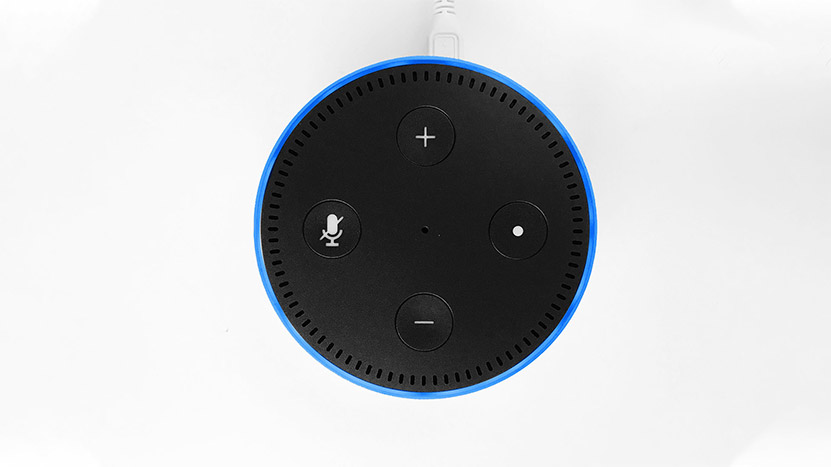Speech is one of the first skills we learn and one of the last one we lose. A baby’s first word is considered a milestone. “Famous last words” isn’t a saying for nothing–those final words are part of how you’ll be remembered. Spoken language evokes emotions and moves people to action in a way that’s different from visuals or from the written word. The Voice User Interface (VUI) is here: it’s accessible, it’s easy, and it’s part of the future. And with it comes the need for voice search optimization.
Increasingly, instead of texting or typing, people rely either text-to-type or voice recording for messaging instead. By 2020, 50% of searches will be done by voice command. With Alexa, Google Home, Apple Homepod, and similar devices arriving to market, voice search optimization stats are only expected to increase.
You know you need to optimize for mobile, but in the coming years, voice will become just as important. This is especially important for eCommerce sites. Here are three things to consider now for success later on.
We ask questions differently when we say them.
Seems obvious, but we definitely do interact with a spoken search much differently than we do a typed search. Even if we know it’s a computer, we don’t just bark at our devices. We converse. Where we might have once typed in keywords like “best ice cream anchorage”, in a voice search, we interact in a conversational way. The same search would follow suit: “Hey Google, what’s the best ice cream in Anchorage, Alaska?”
Consider semantics.
To that end, the way we attract attention to our page needs to change. Rather than targeting keywords, we’ll begin to shift over to what’s called semantic SEO. The basic difference between keyword and semantic SEO is that it’s built more around meaning than around targeted keywords. In other words, rather than anticipating what specific words people might search, we have to consider how they might ask for information. You target topics, not keywords.
There are no front-page results.
Voice search results are, of course, not displayed on a single front page where the searcher can skim and pick the content they desire. You receive results one at a time, starting at the top. This means that in order to bring your content and your site to the attention of people searching, your content needs to respond to their specific question in a clear, succinct way. There’s no one specific answer to this, but testing will be critical in terms of seeing how your site and content are performing.
Have you been using voice search technology yourself, either as a marketer or consumer? We’d love to hear your thoughts and observations!







